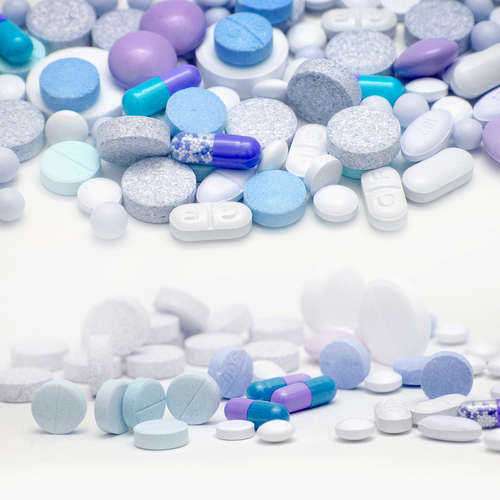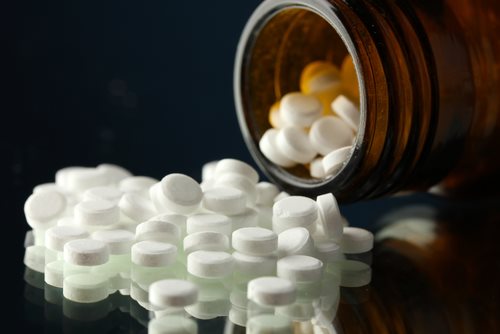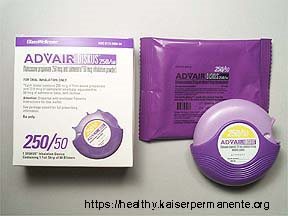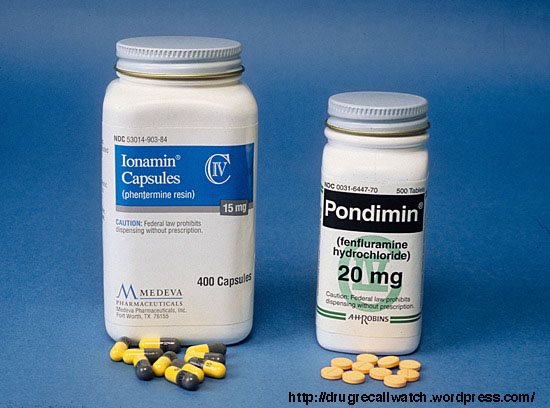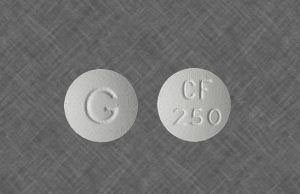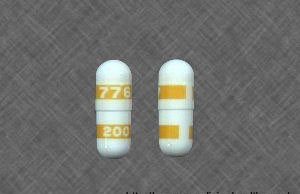Mescaline
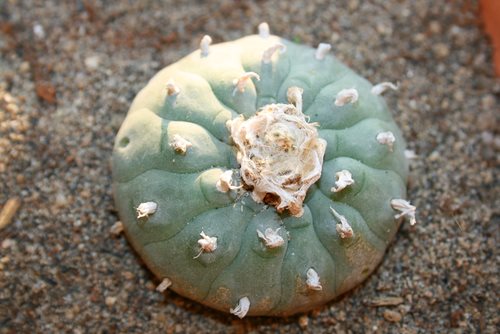
What is Mescaline?
Mescaline is a psychedelic alkaloid that occurs naturally in the peyote cactus (Lophophora williamsii) and several other cactuses. The chemical name for the drug is Mescaline hydrochloride or 3,4,5-trimethoxyphenethylaminehydrochloride. The drug and peyote are illegal in the United States, and the drug is illegal in Canada.
Native American tribes have used peyote for thousands of years during ceremonies and rituals. Most of the Native American tribes are located in the southwestern United States and Mexico. The drug has strong and intense hallucinogenic effects that can last for many hours.
Overview of the Drug
Mescaline is produced naturally in Peyote, which is a small and spineless cactus. The chemical is produced in the top of the cactus, called the “crown.” The crowns are disc-like shapes and are cut off and eaten. The drug is uncommon on the streets, and the majority of the drug is found on Native American reservations. The drug is known as Buttons, Cactus, Mesc, and Peyoto on the streets.
Method of Introduction
The drug can enter the body a couple of different ways. The fresh or dried buttons of the cactus are usually chewed or soaked in water. The cactus can also be ground down into a powder. This powder can be placed in capsules or smoked in a leaf of cannabis or tobacco.
A normal dosage of the drug is usually between 200 and 300 milligrams. About 6 to 12 buttons are capable of producing the normal dosages, but consant users will need a higher dose because the body builds up a tolerance to the drug.
Affects on the Mind
Mescaline is one of the strongest hallucinogenic substances. It has affects that are similar to LSD, PCP, and psilocybin, and in some cases, the drug can produce more powerful hallucinations that the other two drugs. Experiences with the drug differ from person to person, but common affects include powerful illusions and hallucinations along with an altered perception of time and space. The drug can produce an altered body image or “out of body” experiences. Feelings of euphoria and anxiety are common with this drug as well.
Affect on the Body
Peyote and mescaline can cause serious side effects once they are ingested. Common side effects include vomiting, serious nausea, a fast heart rate, increased blood pressure, a large amount of perspiration, a rise in body temperature, dilation of the pupils, muscle weakness, and headaches.
Laws for Mescaline in the United States
Peyote and the drug are Schedule I substances in the United States under the Controlled Substances Act. The drug is a Schedule I drug because it has a high risk of abuse, has not medical use in the United States, and is unsafe under medical supervision.
Medical studies have examined the usefulness of peyote in the past, but not recent medical tests have examined the drug. Other hallucinogenic drugs have been used in recent medical tests to treat depression, post traumatic stress disorder, and similar mental illnesses.
Sources: https://www.justice.gov/dea/druginfo/drug_data_sheets/Peyote_Mescaline.pdf




